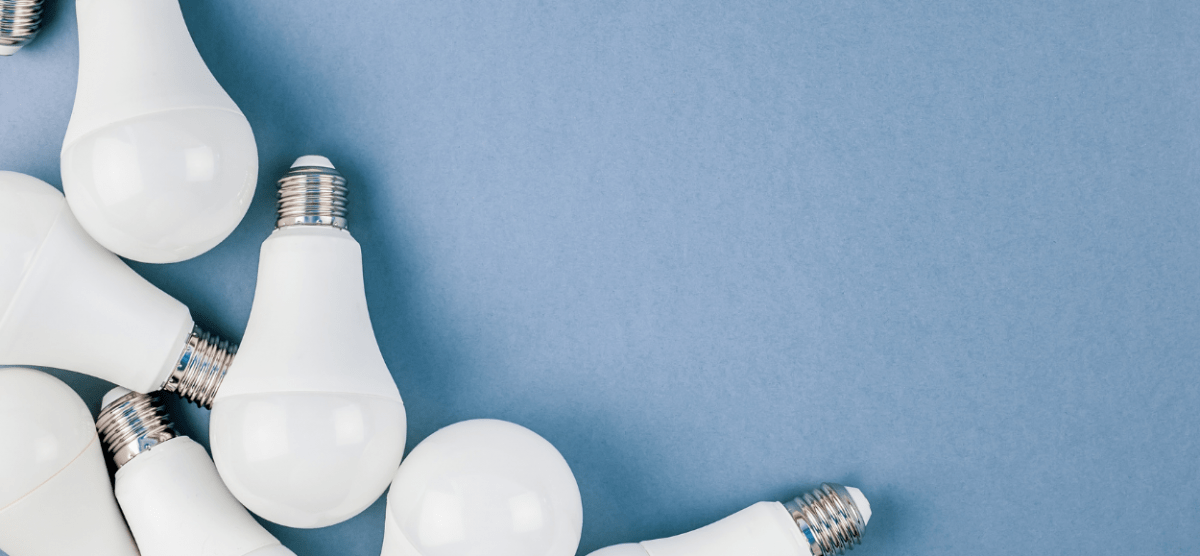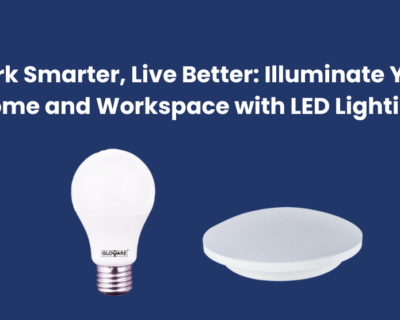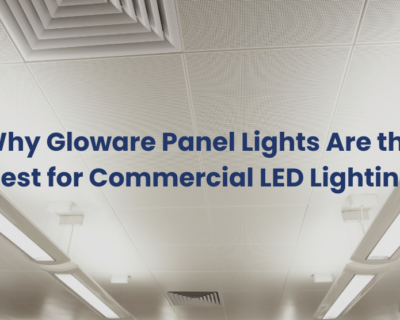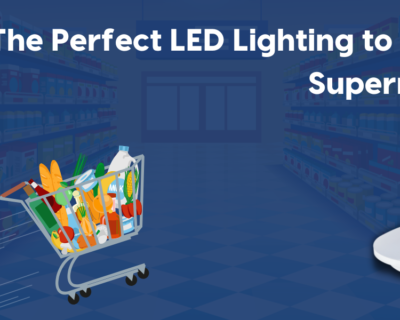Guide to buying LED lights

Guide to buying LED lights
There is a huge range of options available in LED lights for homes and workplaces. New LED lighting offers the chance to save money on power utilization and furthermore become more “green” and use power in a more sustainable manner.
The choice is not as easy as it was a few years ago. Incandescent lamps have given way to halogen bulbs and then compact fluorescent lights, CFLs, and now with the transition to LEDs, there has been a huge change..
LEDs have proven their energy efficiency and durability for as long as 20 years. It has an array of light options to choose from. You can buy warmer colors of light unlike the intense white light in CFL bulbs. LED lights, even though highly-priced than the regular incandescent bulb, are more economical in the long run. The less power consumption and lighter model have made LED indeed a bright idea.
When you choose LED lights, there are many questions to answer ranging from the power required to the colour temperature and so forth – what do all these specifications mean?
So here’s a guide to buying LED lights:
Heat dissipation
One of the most important viewpoints to a LED light with regards to quality is the means by which the bulb dissipates heat. A typical misconception is that LED lights don’t get warm, but this simply isn’t the case. They don’t get nearly as hot as incandescent bulbs, but since power goes into the LEDs, they do produce heat and this must be drawn away from the LEDs.
Unfortunately, LEDs can’t radiate heat away in the same way as an incandescent bulb – instead, the heat needs to be drawn away from the LEDs by a heat sink normally located at the bottom of the bulb. The heat sink absorbs the heat produced and then dissipates into the surrounding environment.
Chipset
While heat dispersal is significant – the chip used to convert electricity to light is also really important. A poor chip will generate more heat, and will therefore not last as long. Better bulbs will use chips from better manufacturers, which generate less heat and convert more energy to light – it kind of goes without saying you get what you pay for, and this is 100% true with LED lighting.
Different shapes
Unlike incandescent, LED lights do come in an array of shapes and sizes. This gives us the option to play with the aesthetics and visual appeal of our homes. There are surface lights, ground lights, strip lights, spotlights, floodlights. Some may be in exquisite shapes to give it a more antiquated look. With so many options you are spoiled for choice.
Check the watts
LED lights produce a similar number of Lumens of light as incandescent bulbs, with just little energy requirement.
Despite light intensity being measured in lumens and not watts, checking the same wattage is one quick and simple approach to identify precisely which low-energy LED light you’ll need to replace your current lights.
All LED lights have a ‘real wattage’ and an ‘equivalent wattage.’ The real wattage indicates the actual amount of power the LED uses, whereas the equivalent wattage denotes the power of the bulb it is designed to replace.
Light efficiency
Everybody needs a light that emits the most light for the least cost. The genuine efficiency of a light is best determined on a lumen for every watt basis. Lumens are a measurement of the amount of visible light it produces, while watts are how much energy it needs to work.
The most productive lights can be found by working out the lumen-to-watt proportion. Just divide the number of lumens by the number of watts. The higher the lumen-to-watt proportion, the more energy-efficient the light will be.
Colour temperature
LED lights can emit light in various shades of white, ranging anywhere from sharp, bluish fluorescent colour temperatures to a warm incandescent glow. While individual preference has a significant role in choosing a colour temperature, it also allows you to look at things objectively.
Soft light, more frequently known as “warm white” is intended for general, ambient brightening. It has a Kelvin rating of around 3000K and is frequently utilized in the lounge rooms and bedroom, its light being significantly more convivial and conducive to relaxation. Although there is a whole spectrum, whites can generally be divided into warm white and cool white. Cool white LEDs tend to give you a cleaner look, perfect for modern kitchens and places where the best light really counts, for instance, sewing rooms and garages.
Buying an LED light is not a difficult process, all you have to do is look for your requirements. The key is to understand your application and areas and then understand your power demands, colours and other specifications. With Albirco’s LED options you may choose the right LED lights for your homes and workspaces.




